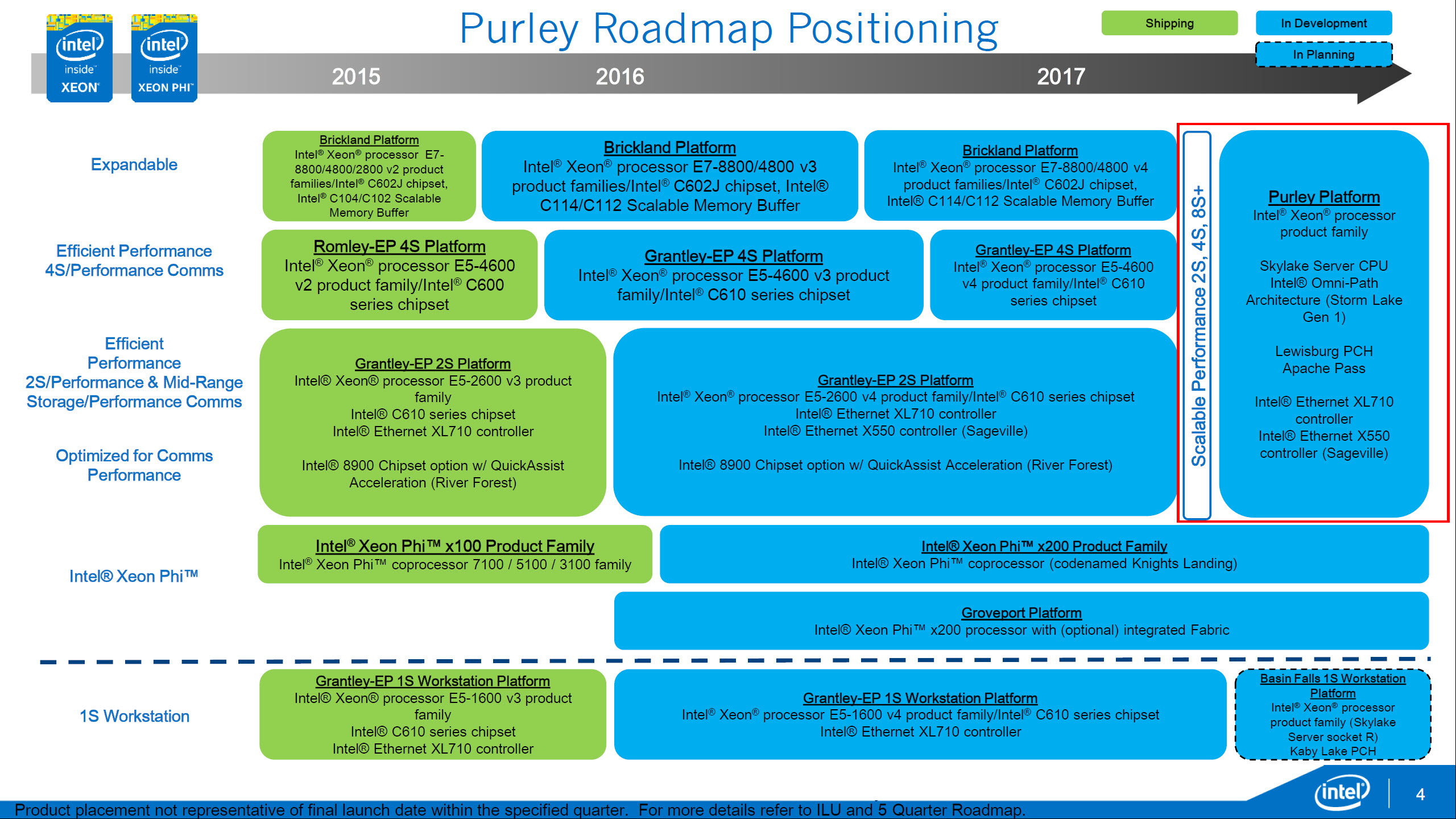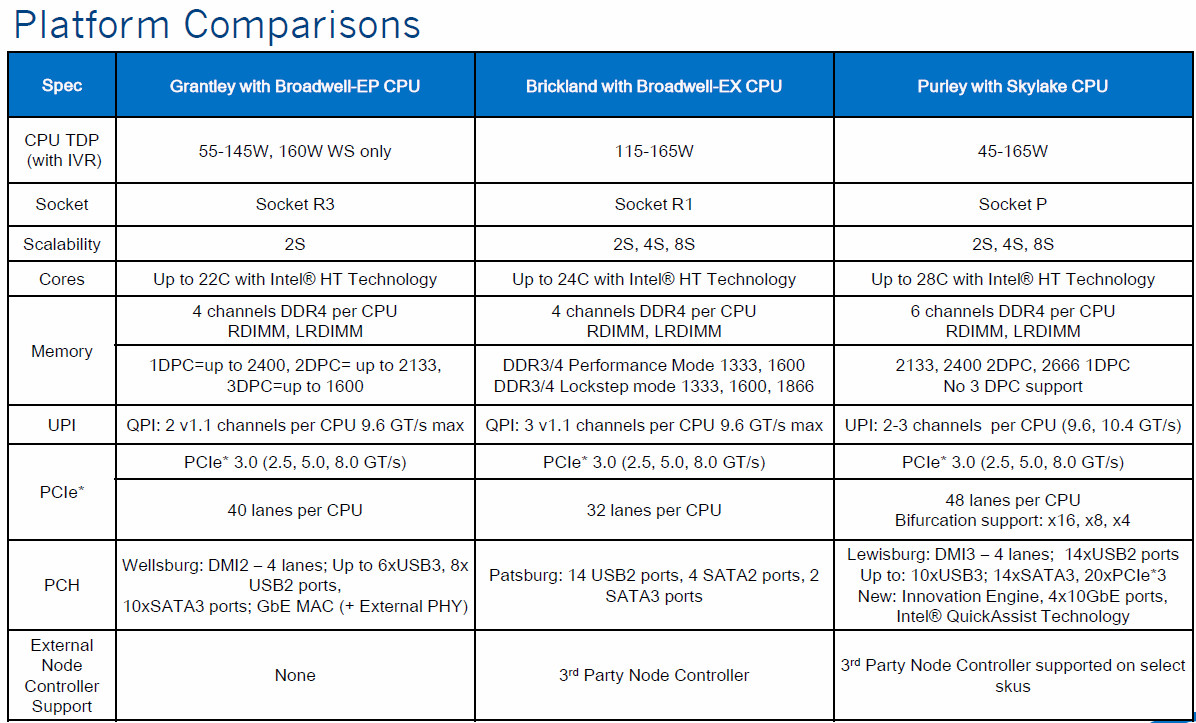- Apr 22, 2012
- 20,378
- 145
- 106
Second part.
http://vr-zone.com/articles/broadwe...s-reliability-per-core-performance/66845.html



Simply amazing. And way beyond the reach of any competitors for many years.
http://vr-zone.com/articles/broadwe...s-reliability-per-core-performance/66845.html
Sometime in the summer of 2015, very likely close to the IDF fall 2015, Intel is expected to release Broadwell-EP or Xeon E5 2600 v4 — its first 14 nm Xeon processor. What might we see in there?
Continuing the strategy seen in Ivy Bridge-EP and Haswell-EP, Intel will not exactly speed up the cores, but simply pile up more of them on each die. Expect to see up to 18-core Broadwell-EP chips, with multiple die variants: one of them is expected to be eight-to-10 core high performance desktop and fast-core workstation one for situations where less cores but with speeds above 4 GHz (before Turbo, of course) are desirable.



Simply amazing. And way beyond the reach of any competitors for many years.





